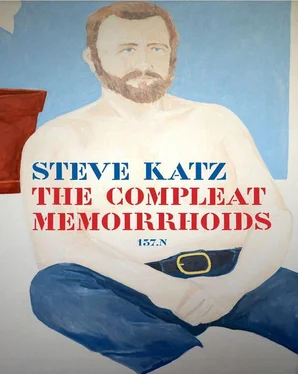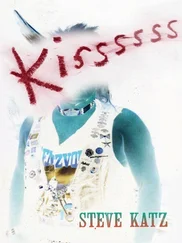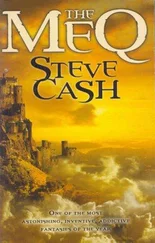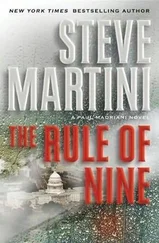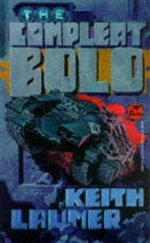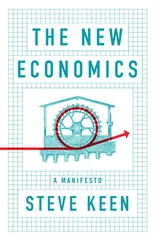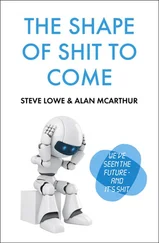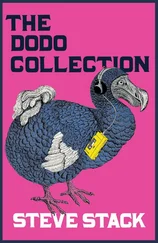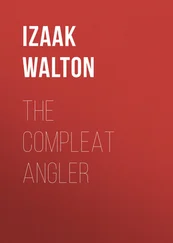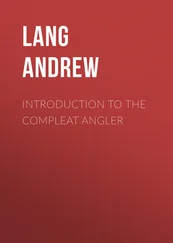The woman’s sword gleams in the sun as clouds pass. She wears a loose jade silk jacket embroidered with dragons. Across the grass and pavements of the park people practice chi gung and martial forms, alone or in small groups. I practice my empty hand Yang style form here during the week I am in Taipei. Her father or husband sits on a folding stool and sings loudly as she does a long, graceful sword form. The weighted red tassel tied to the handle swings in calculated arcs above her head and whips at her waist. I do my form several times over just so I can watch her.
At this time I know only the short yang form, thirty seven moves developed by Professor Cheng Man Ching. On the set in South Dakota of Grassland , a film I worked on as a screenwriter, I watched Scott Glenn do tai chi. I had been inquiring elsewhere about this practice. It wasn’t yet well known in the US. He suggested that when I get back to New York I look up Professor Cheng’s school on the Bowery. I would love him, he said, just as he did. One regret, he said, that he had about moving to LA was that he lost contact with Professor Cheng and his school.
I first went to study with Da Liu, a teacher who had a studio near Grand Central. He was interesting, but didn’t touch my life. When I heard from Charles Ross and his gallery owner, Virginia Dwan, that they were taking classes from Herman Kauz, a student of Professor Cheng, at the Y on 51st Street and Lexington, I changed classes. At the same time I started going to Professor Cheng’s classes on the Bowery. The contrast between the two teachers was immense. Herman was a big, nimble, athletic man, one time judo champion of Hawaii, karate many degrees black belt, who taught openly and shared his discoveries with his students. He wore clothes that allowed you to see how his body moved. There was no way I could penetrate his posture or move him off his stance in push-hands (an exercise for two people who engage in linked circular movement. One tries to find the center and disrupt the balance of the other) On the other hand tiny Professor Cheng managed to move Herman with ease. I sometimes fantasized about riding the subway with Herman and being attacked and watching him destroy a dozen or more punks. Professor Cheng was the opposite, a small man with a feathery goatee, who always wore loose Chinese garb. When he demonstrated it was virtually impossible to see how his body moved. This caused many disputes among his senior students who were charged with teaching the classes. It was sometimes like the story of the blind men and the elephant. Each of them saw something different. If I got to put a hand on Professor Cheng, when he let me feel resistance at all it felt like I was pushing a basketball down under water. There was no way he wouldn’t roll away. He pushed me only once. This felt like a breath, a feather had hurled me across the room.
A discipline began there at my age of thirty-six that has threaded my life together since, and has become the physical spine of my spirit. The internal martial arts are not what they appear to be, and their nature changes throughout the life of anyone committed to them. This might look like dance to the outsider, but its qualities are not in the display nor the apparent grace of the moves. Wushu is a training that emphasizes the pretty aspects of the arts, that you might see in a theater. Otherwise aligning, centering, relaxing, adjusting the body so it cooperates with rather than resists gravity, is some of what these arts are about, and marshaling, moving internal energy, chi energy. The practice encourages a deep knowledge of self through internal focus, interaction, movement, sinking the mind into the physical core. Its effects can’t really be told, but must be experienced. In that sense it’s a Daoist practice—“Who says doesn’t know, and who knows doesn’t say.”
Herman was my principal teacher for many years in New York City. He is an intelligent, powerful man, interesting on many levels. When my sons came to visit me on Crosby Street, I’d take them with me to watch me push-hands with Herman, as he effortlessly threw me against the wall. For some reason I thought it was important for them to see their father be defeated and then bounce back to try again. I was always aware of Professor Cheng’s maxim, “win by losing.”
Now, late in life, I believe that after some serious dances with the surgical corps my quick recoveries into an ability to keep on moving I owe to an immediate return to chi gung practices, and to my forms. Bing Lee has been my principal teacher in Denver. “Ha ha ha, Daoist shoes,” he points and laughs at the inexpensive black Chinese slippers I wear when I first show up at his school. These days I am learning a Sun form developed by a legendary tai chi, bagua, xinyi fighter, Sun Lutang. This is a small frame form, meaning the moves are smaller, the hands move closer to the body and the turns are less extreme than in the large frame sets like Yang and Chen, which have been my principal forms. This form is more erect and less strenuous than the others, appropriate for my dotage. A sequence from this system has been adapted for treatment of arthritis, with some success. I study Sun at a school in Denver started by Mearl Thompson, a skilled martial artist and gentle, affable guy. I am also refreshing my knowledge of a cane form with instruction by my friend Robert Haddock, who has also been a student of Bing. I’ve practiced knife, sword, sticks, lance, deer horn knives, and have put them all away. At this point the cane seems most appropriate. This form is derived from Swimming Dragon Bagua taught by Liang Shouyou. Liang’s school is based in Vancouver, BC, where he also trains the Canadian Wushu team. If I were young and ready to commit to Chinese Internal Martial Arts I would go to Vancouver to devote myself to study with Master Liang Shouyou, a kind and immensely accomplished master of many forms. During the Cultural Revolution he was banished with other martial arts masters to a town in the interior where they had nothing to do but teach each other. He knows and employs many systems, and hundreds of forms. The cane form is intricate, detailed in internal complexity, more than I can accomplish in my dotage, as is the Sun form also more complicated than it looks, and for those reasons they refresh and sustain me.
I taught my short form in South Bend, Indiana, when I was teaching Creative Writing at Notre Dame. Just as teaching literature makes you focus more clearly on the texts, teaching tai chi makes you focus on and clarify the moves. It was useful to me, though with just five years of experience it was presumptuous to teach. After I moved to Boulder, Colorado, I practiced with Jane and Bataan Faigao, who taught at Naropa, and whom I knew from the school on the Bowery. I occasionally helped them teach a class, and taught a class of my own at a community center. Ben Lo, one of Professor Cheng’s principal Taipei disciples, who had his own school in San Francisco, occasionally visited to give a seminar, a cause for great meals and intense practice sessions. One time as I was playing with him in a push-hands demonstration I managed to move him a little, perhaps because he was explaining something and was distracted. He settled down then and bounced me off around the gym. There was nothing I could do, as if he had taken control of my mind. I was astonished. He stepped forward and I bounced back without his hardly putting a hand on me.
When I stay in Rome with my friends Primarosa Cesarini-Sforza, a great artist, and Francesco Tarquini, a producer for RAI Due TV and a writer, I go to Piazza Vittorio in the mornings to practice. Piazza Vittorio Emmanuele is probably the largest piazza in Rome, gated and fenced. It’s surrounded by streets of shadowed loggia, cool in the heat. At one time a vibrant outdoor market snugged up against the walls of the piazza, notorious for great Roman food, flea market bargains, tourist rip-offs, and mercurial pickpockets. The whole shebang has been moved indoors nearby to an abandoned barracks, and is still a fabulous market. This is in the Esquiline neighborhood where Rosa and Francesco live, near the Termine train station and Santa Maria Maggiore. The neighborhood is a sponge for immigrant populations, many Indian, Pakistani, Chinese, Vietnamese shops and restaurants. A film,
Читать дальше
